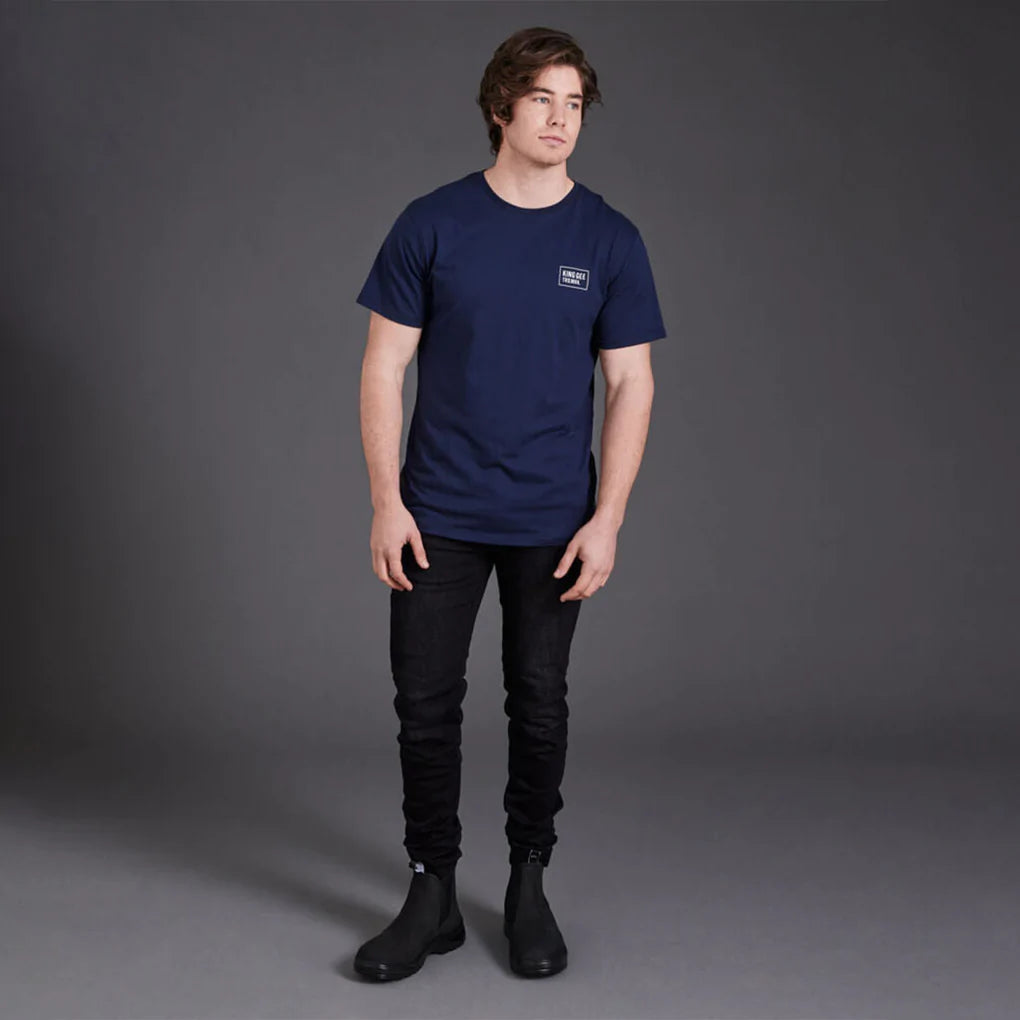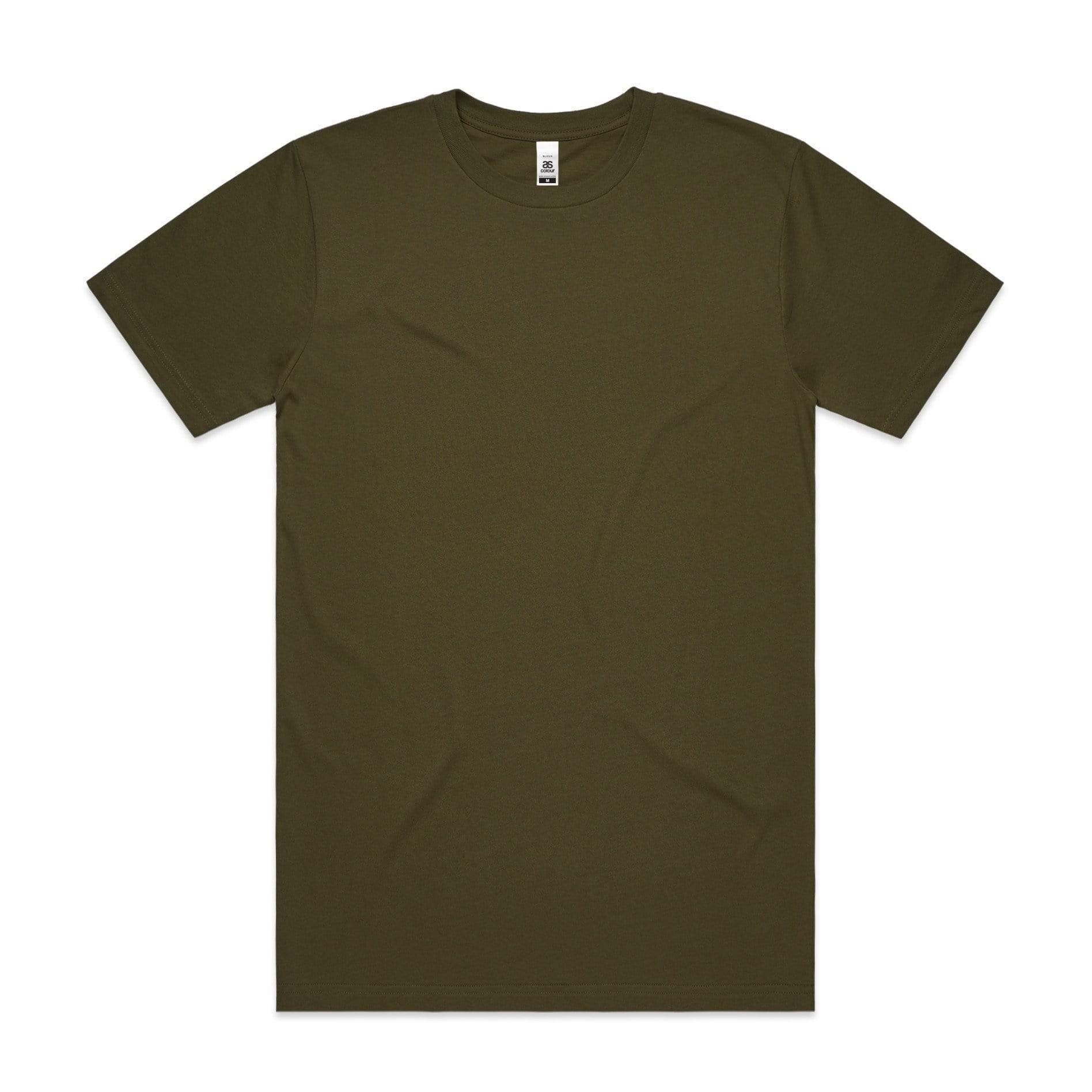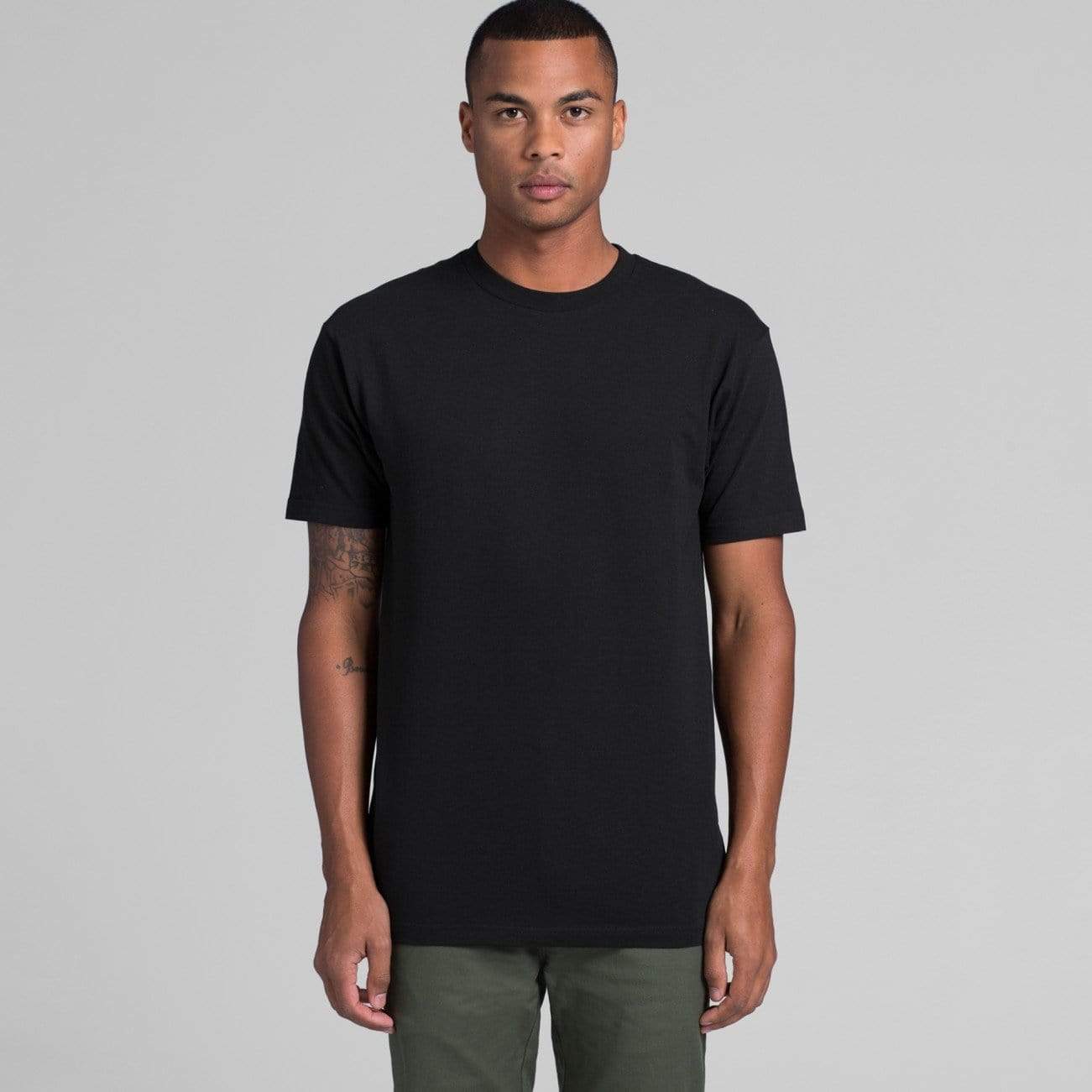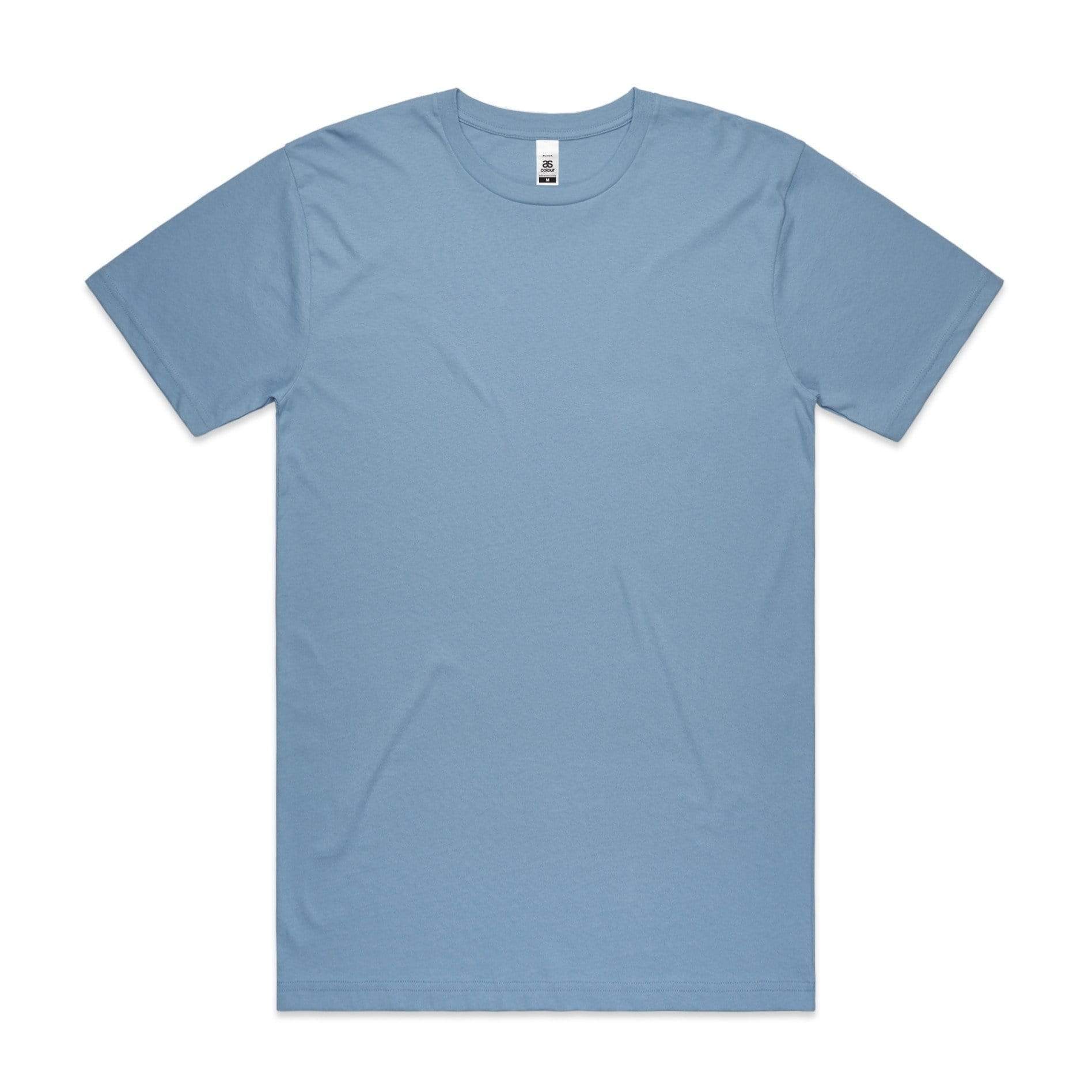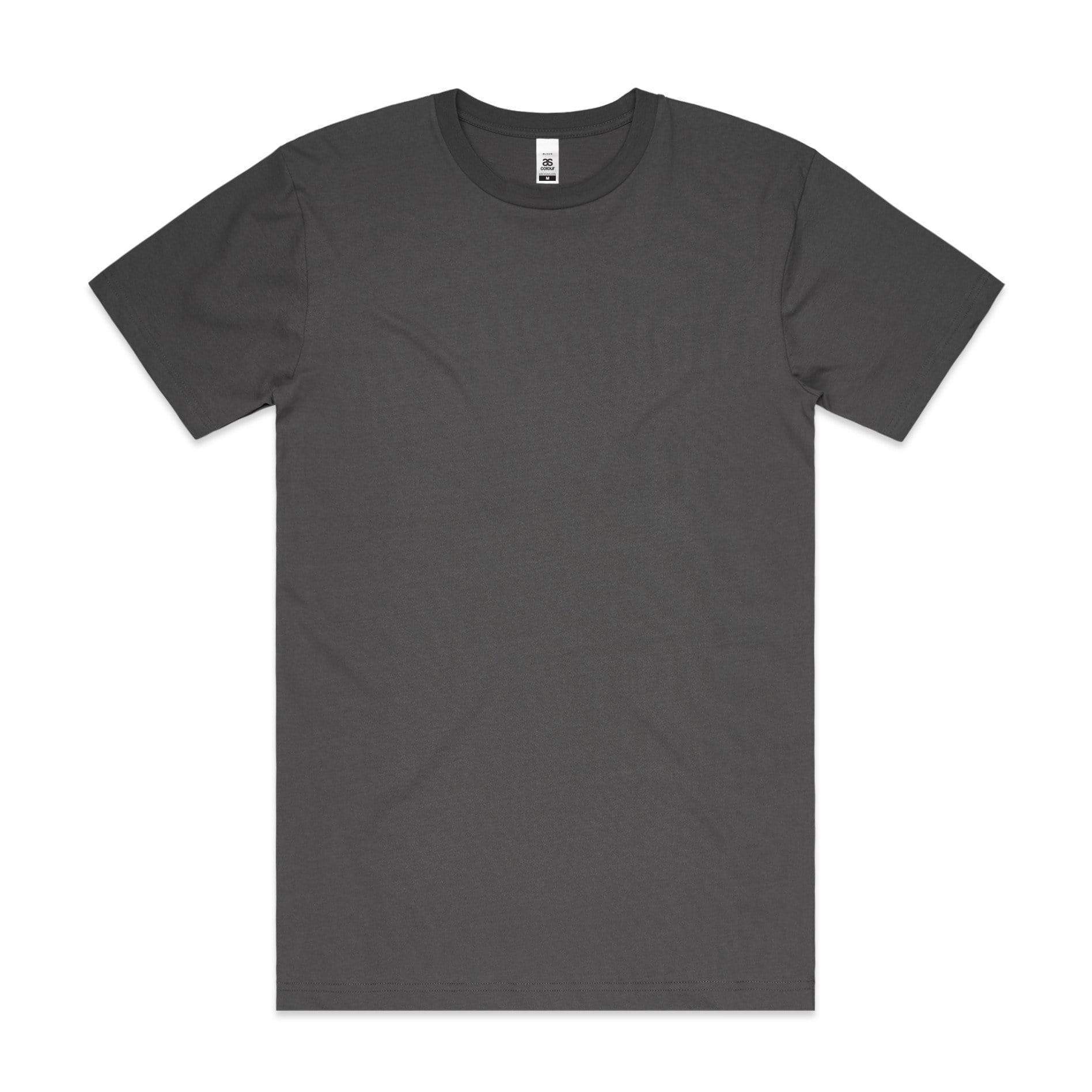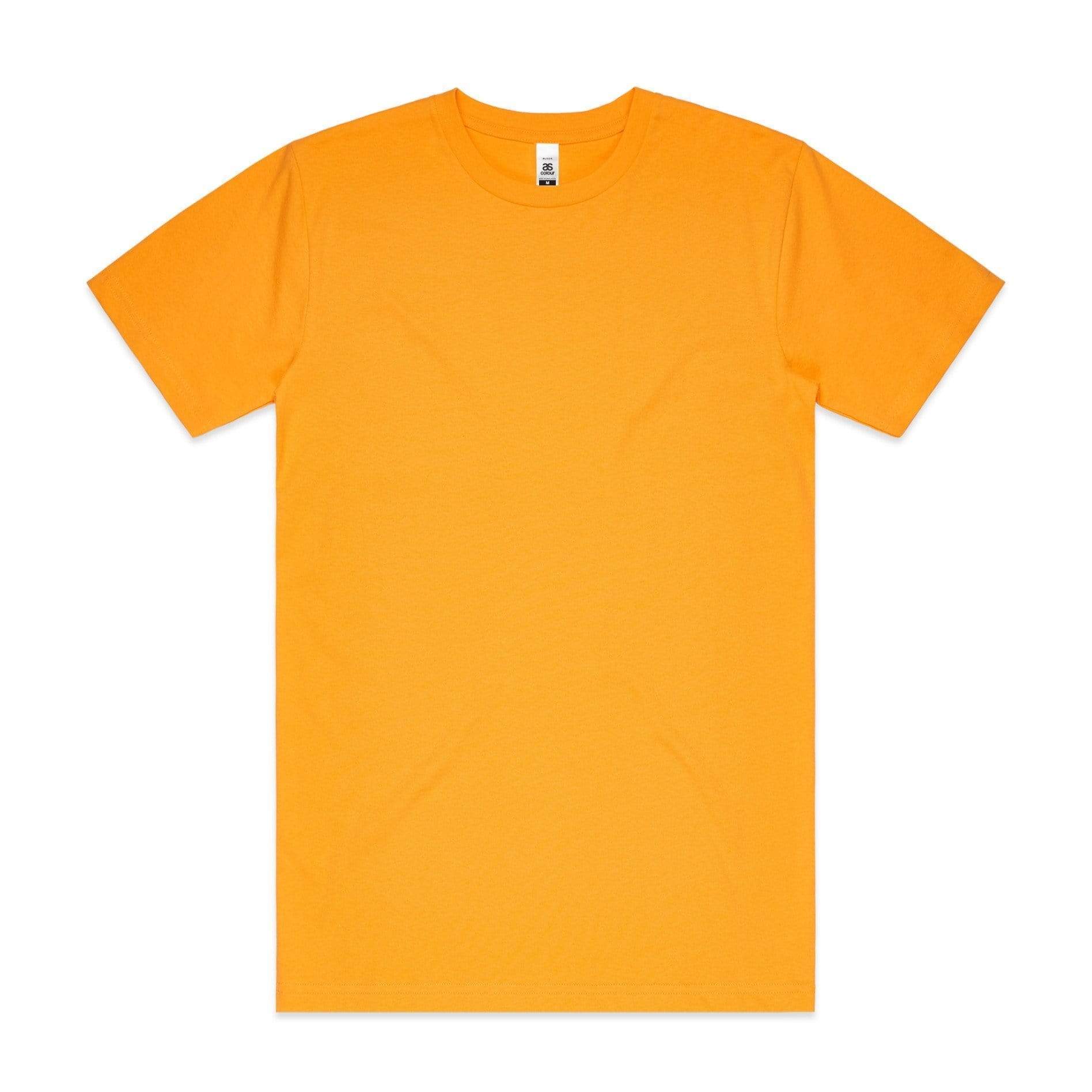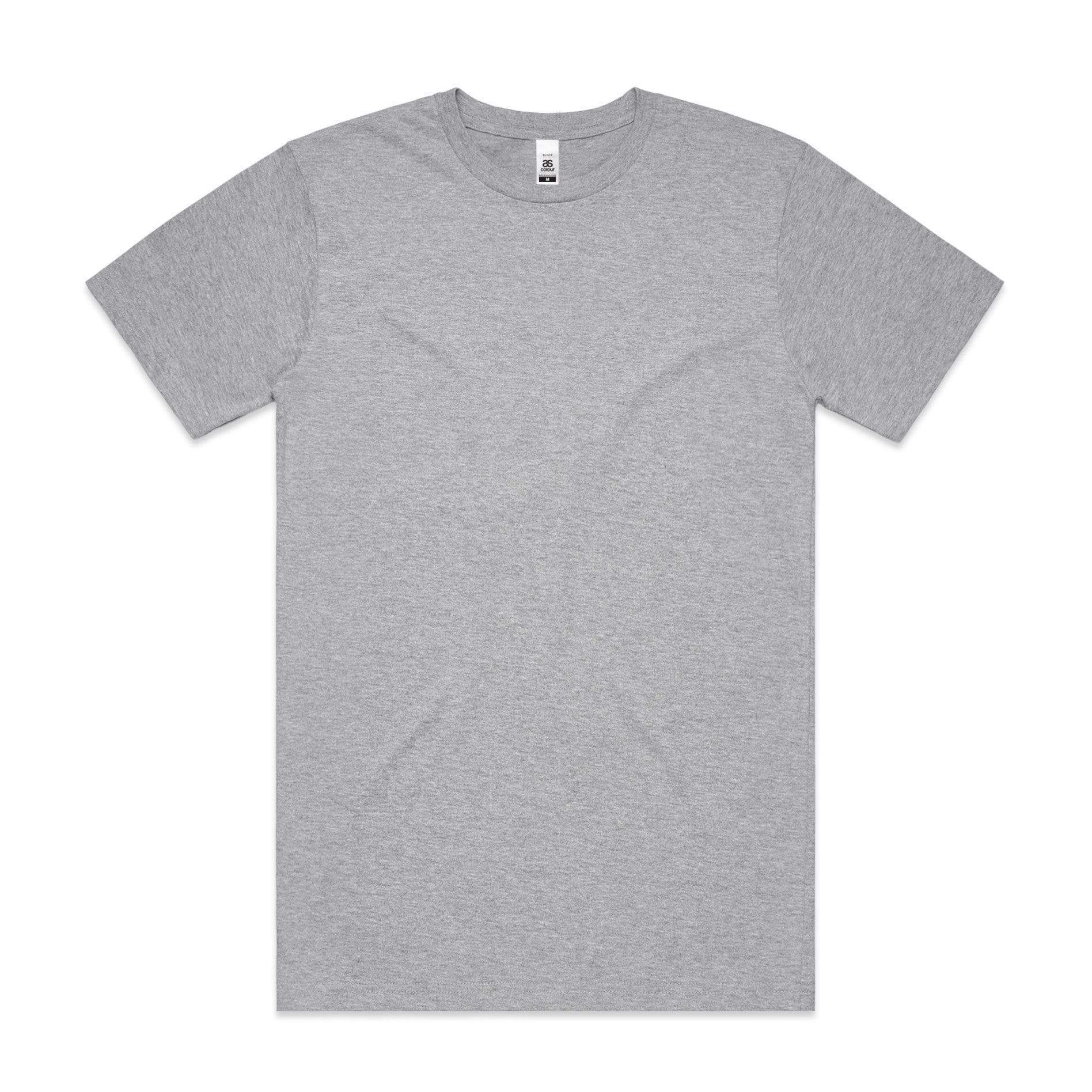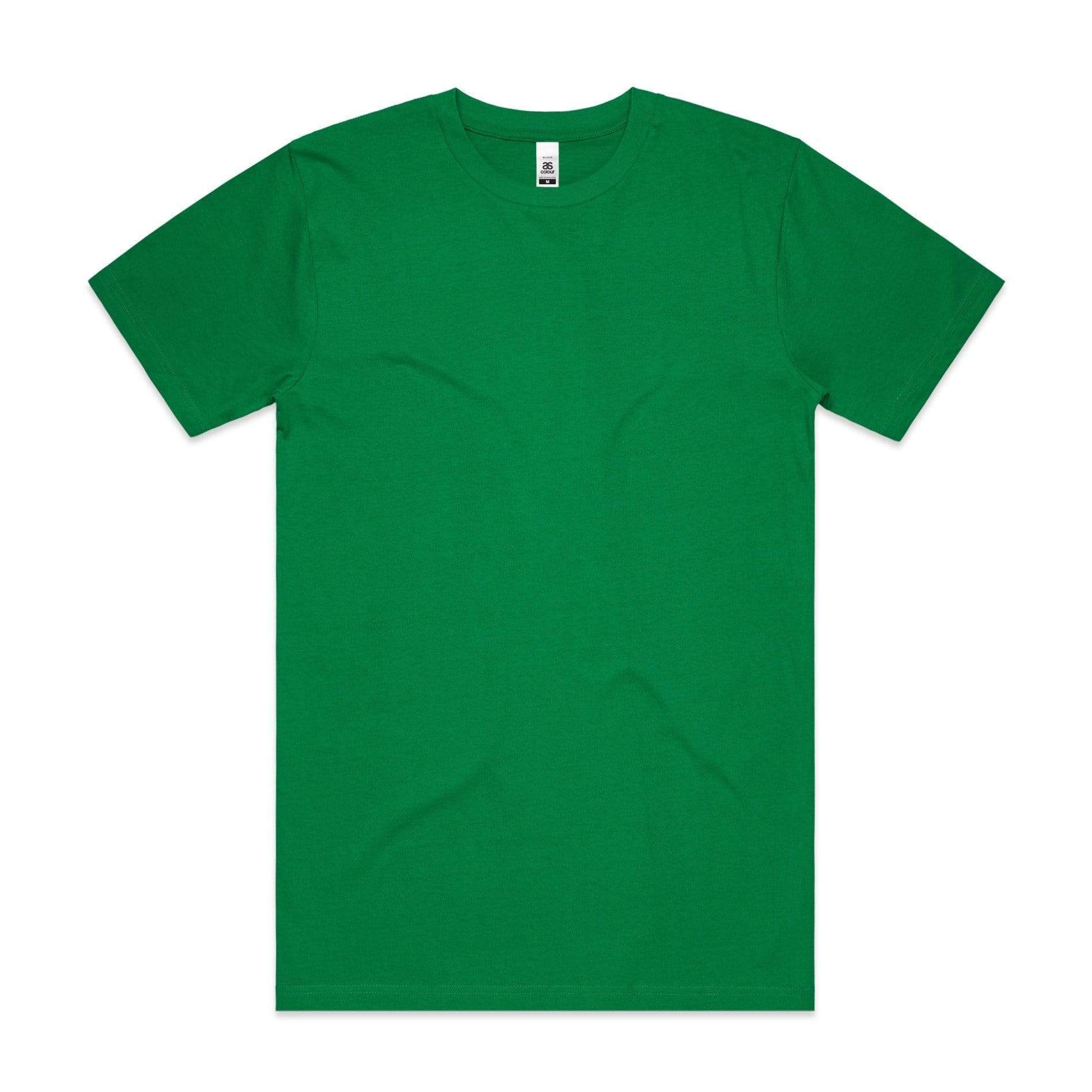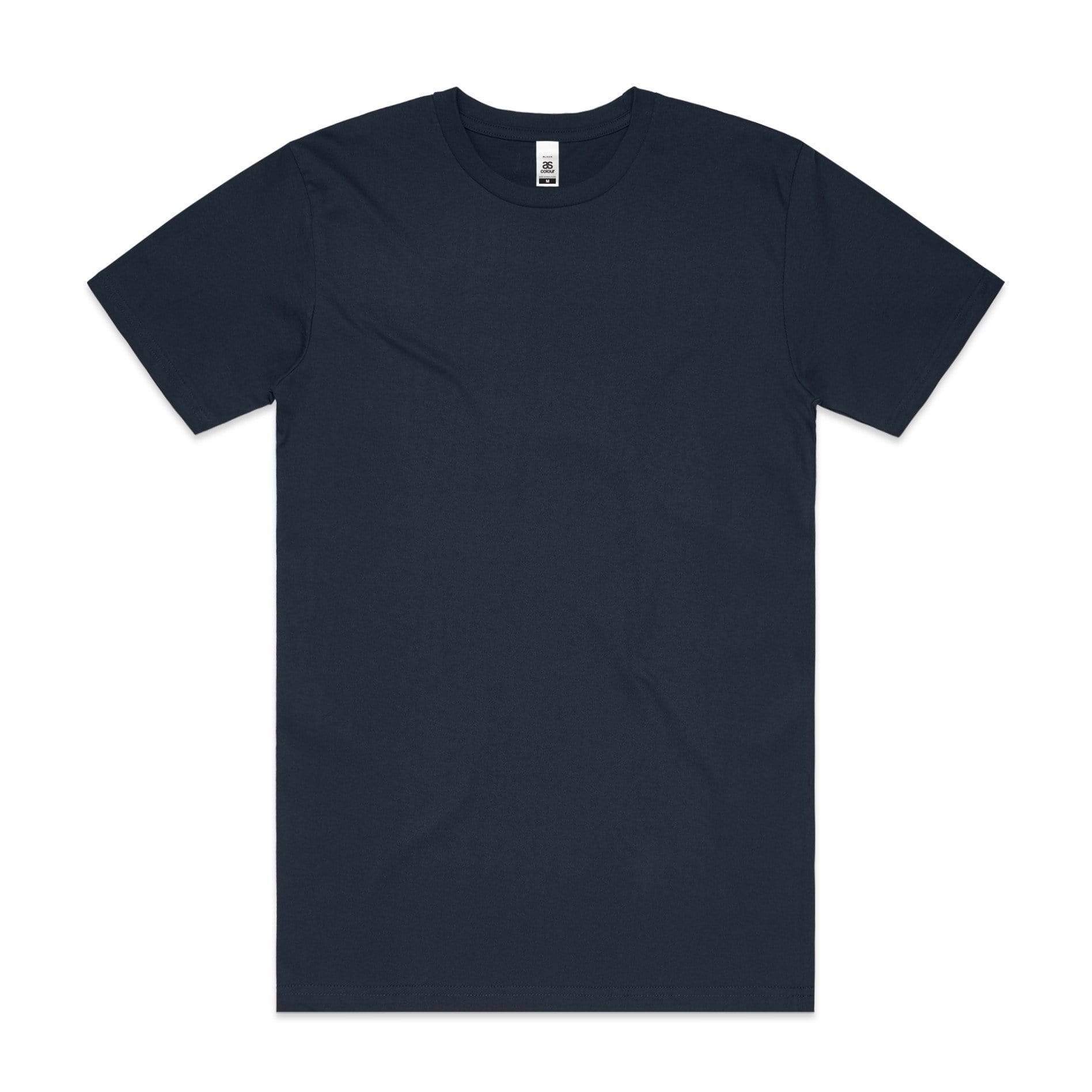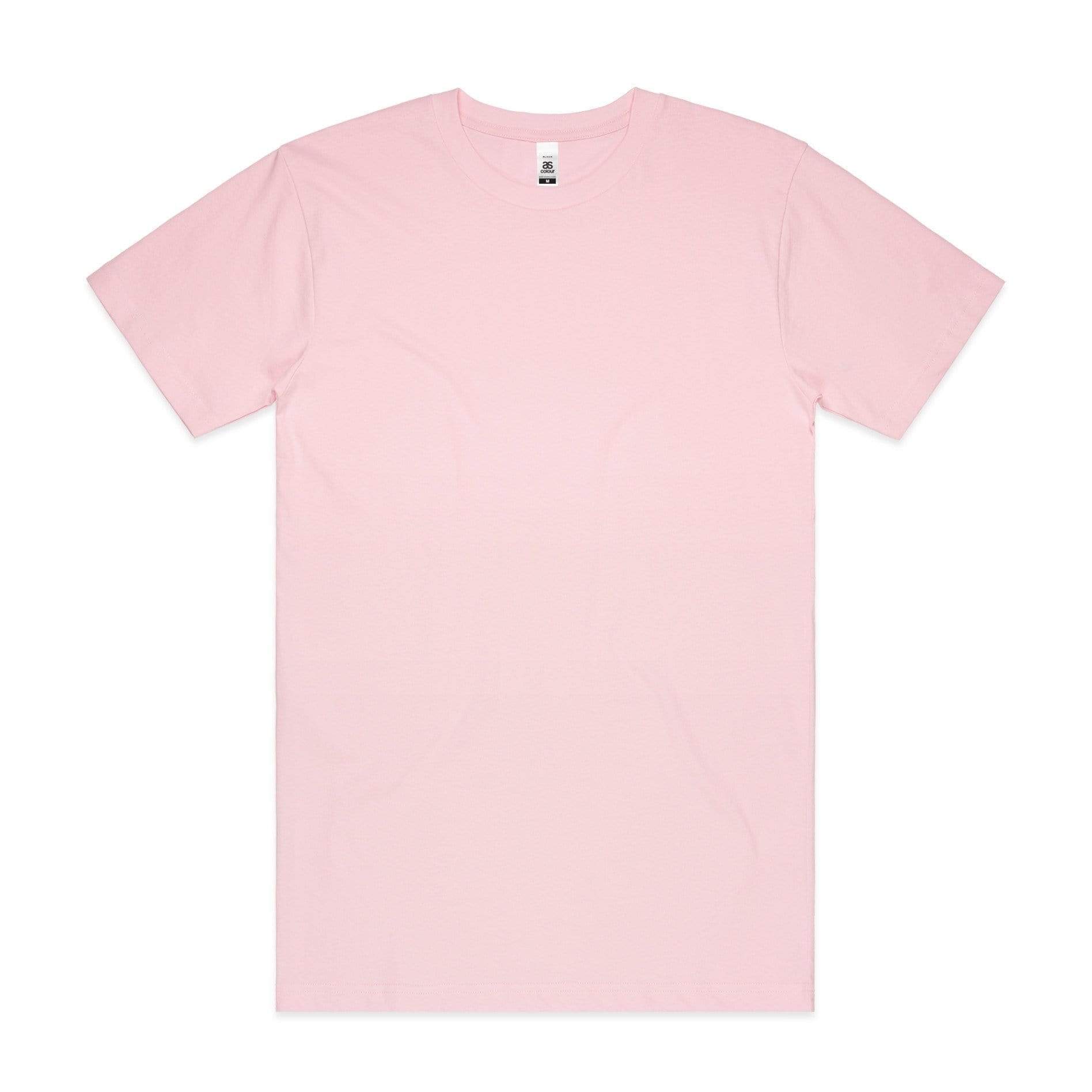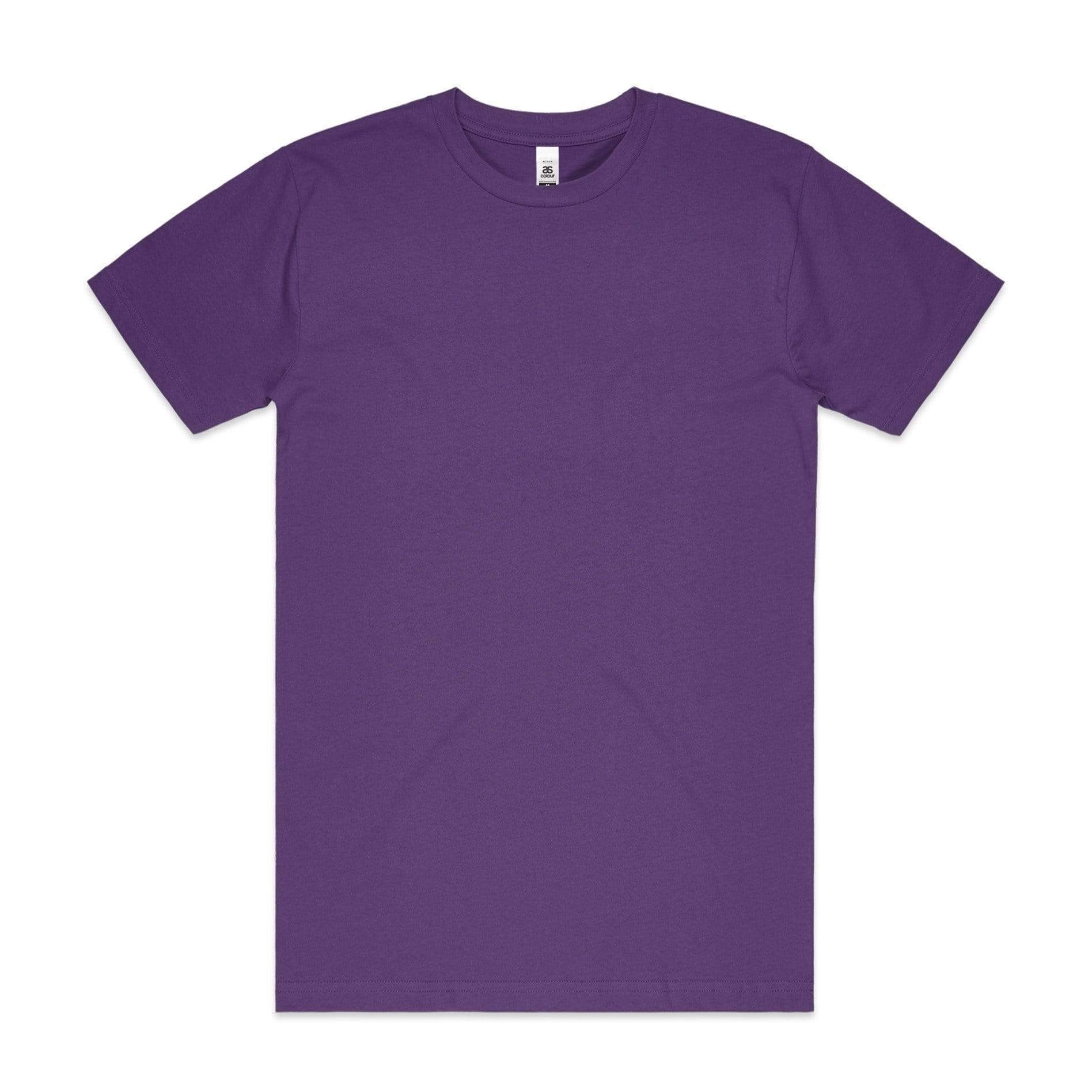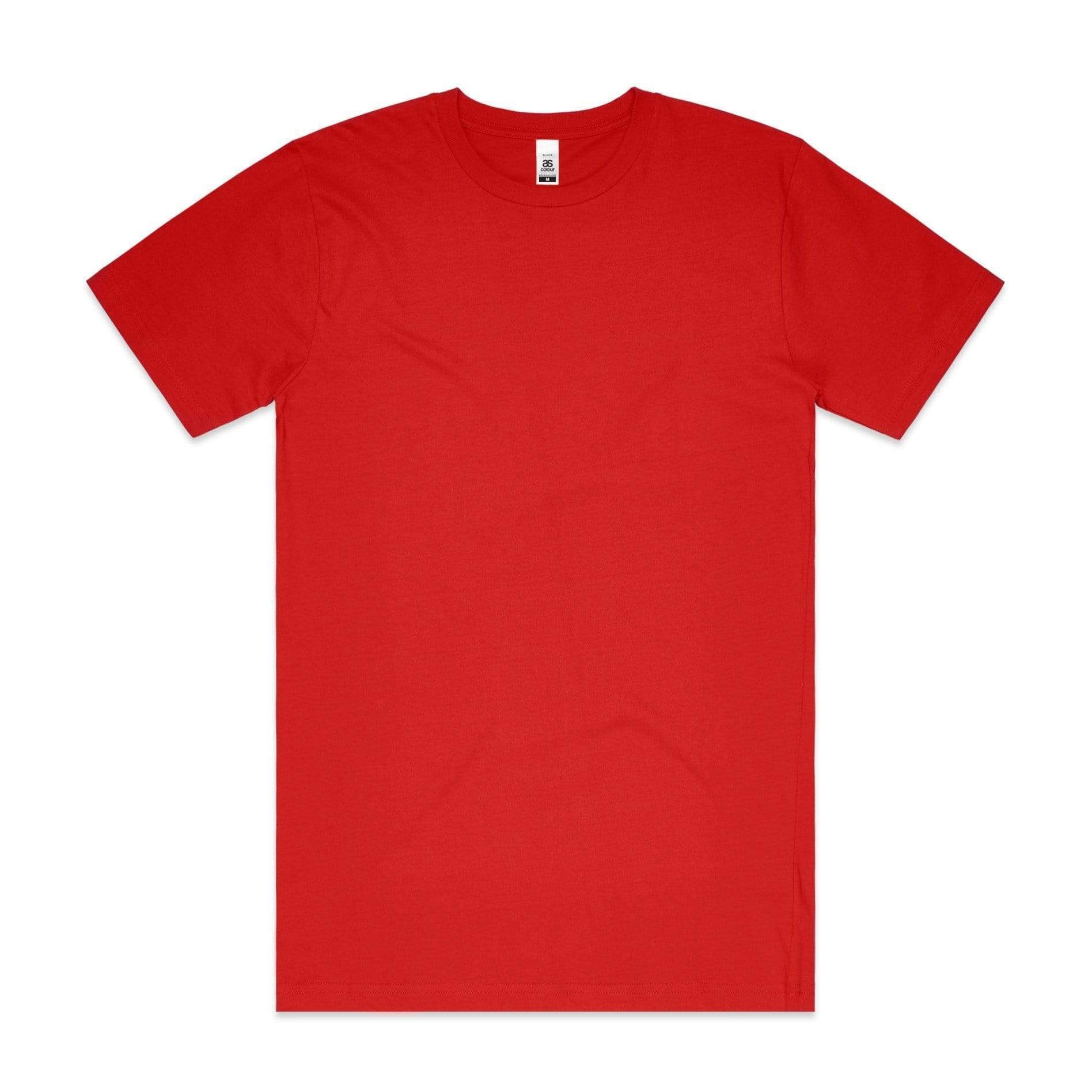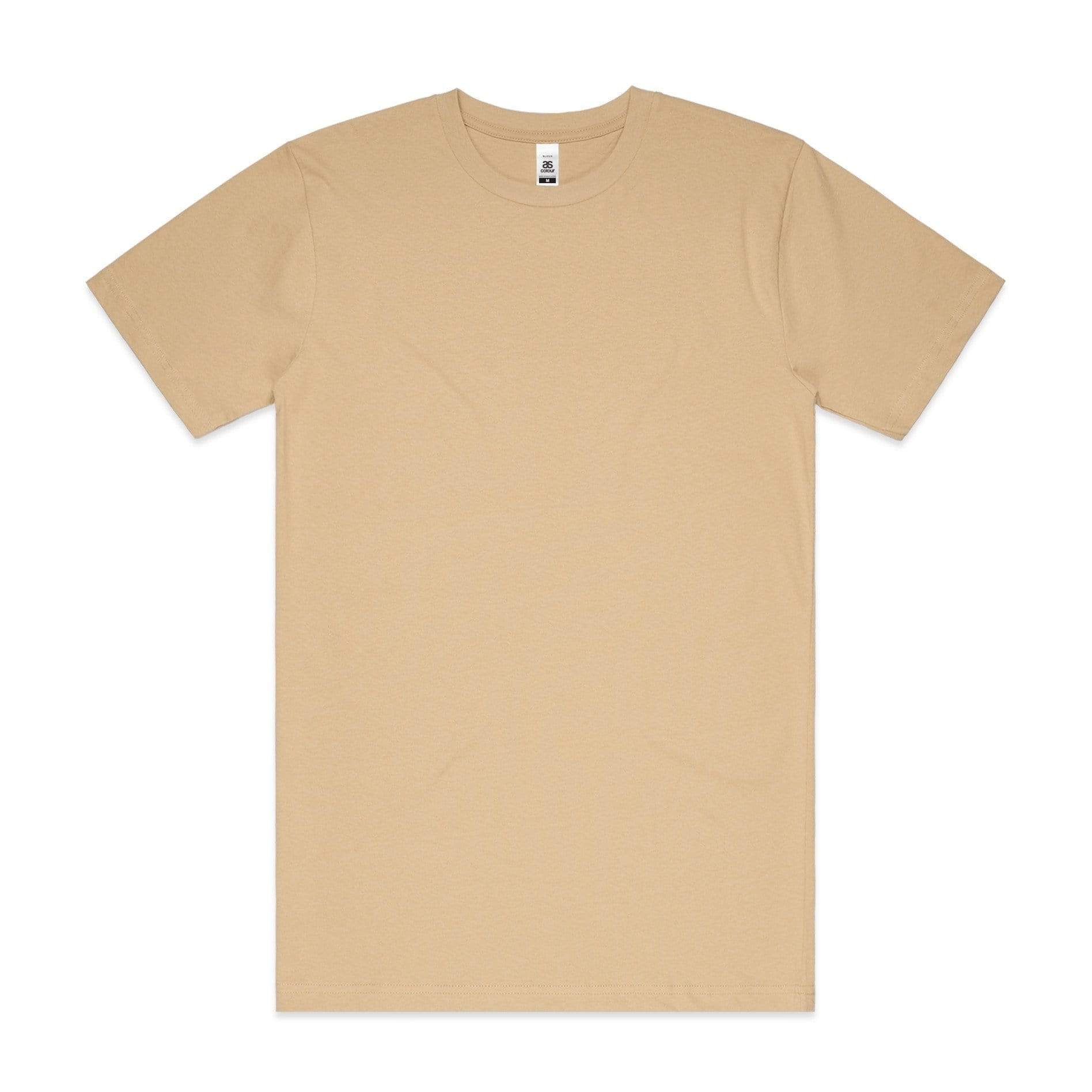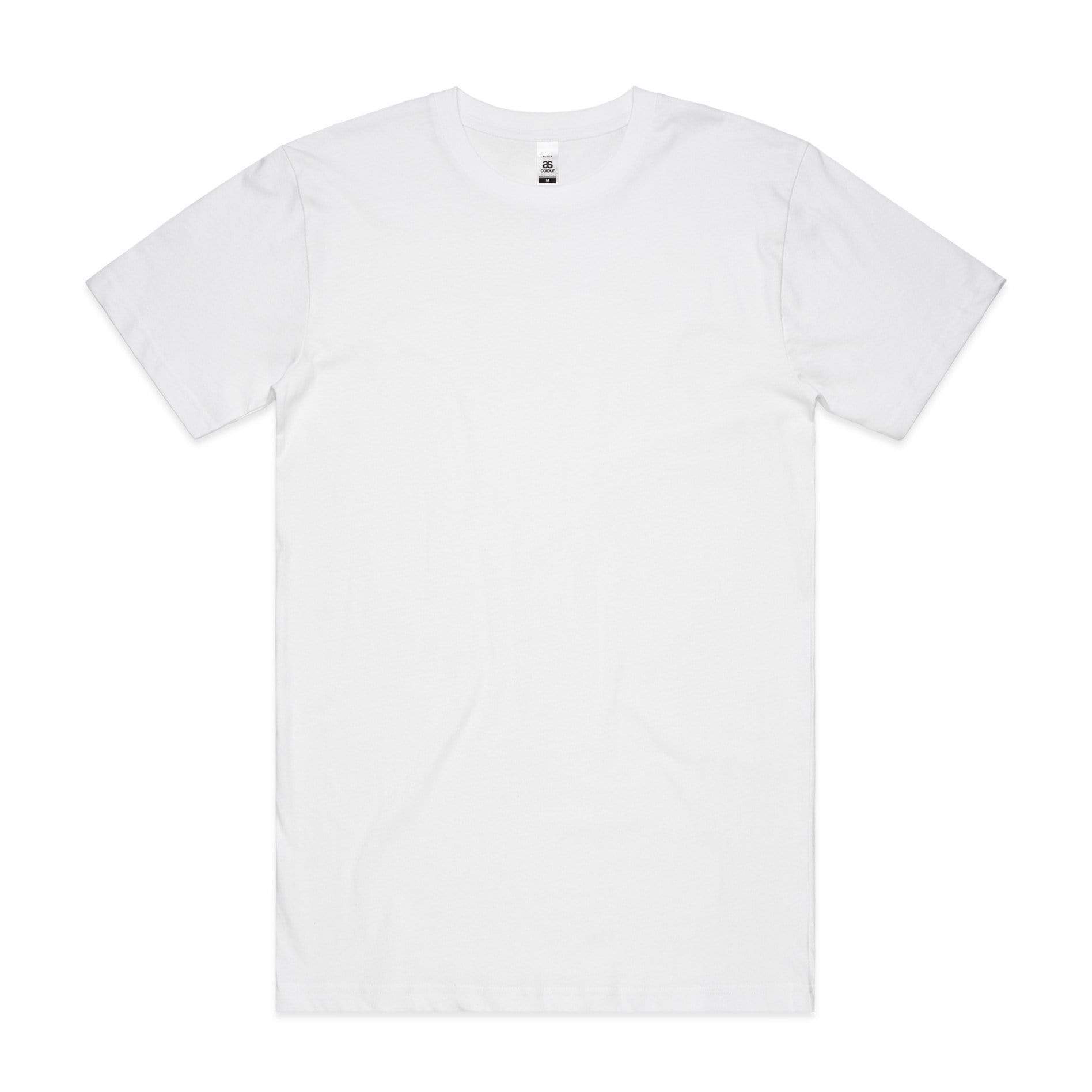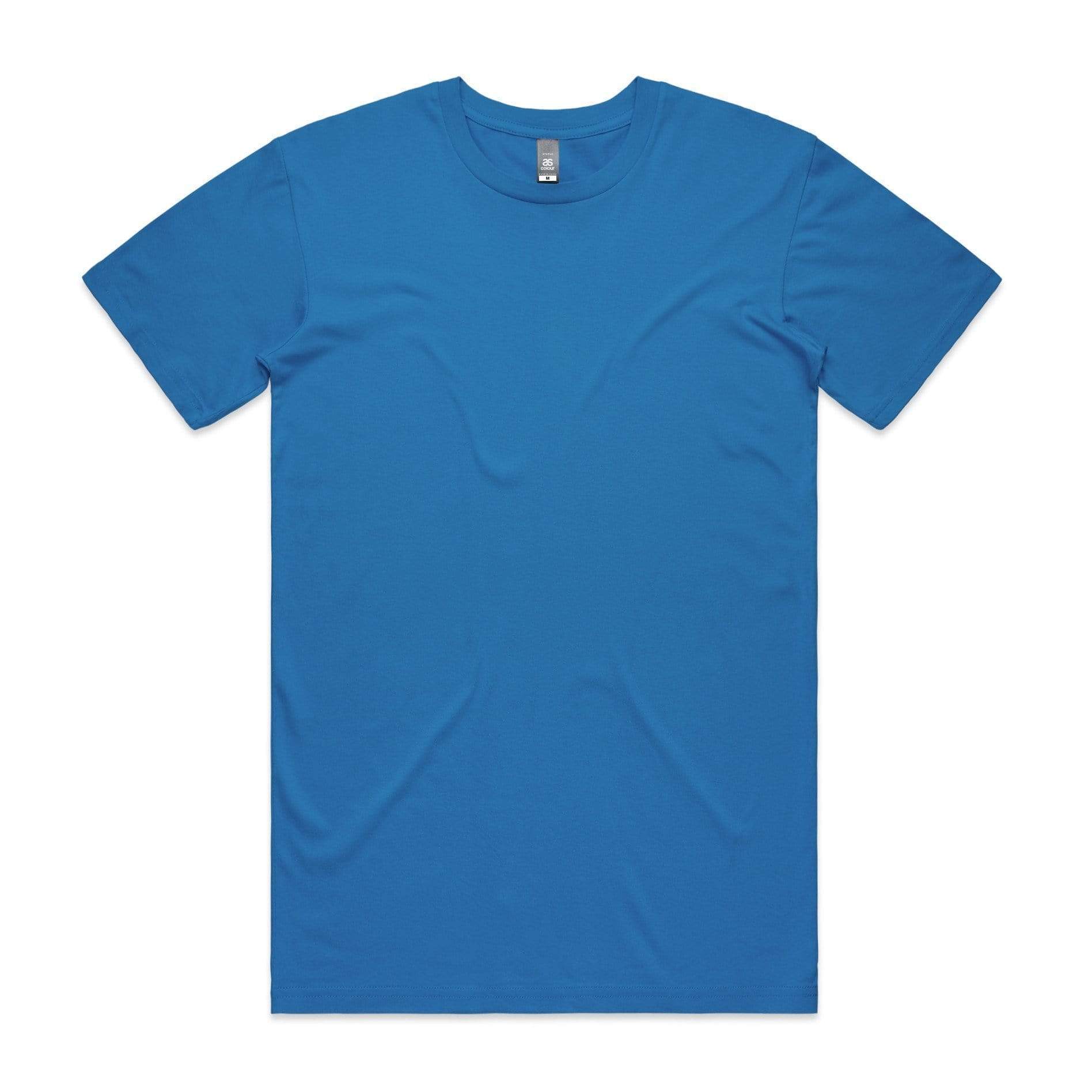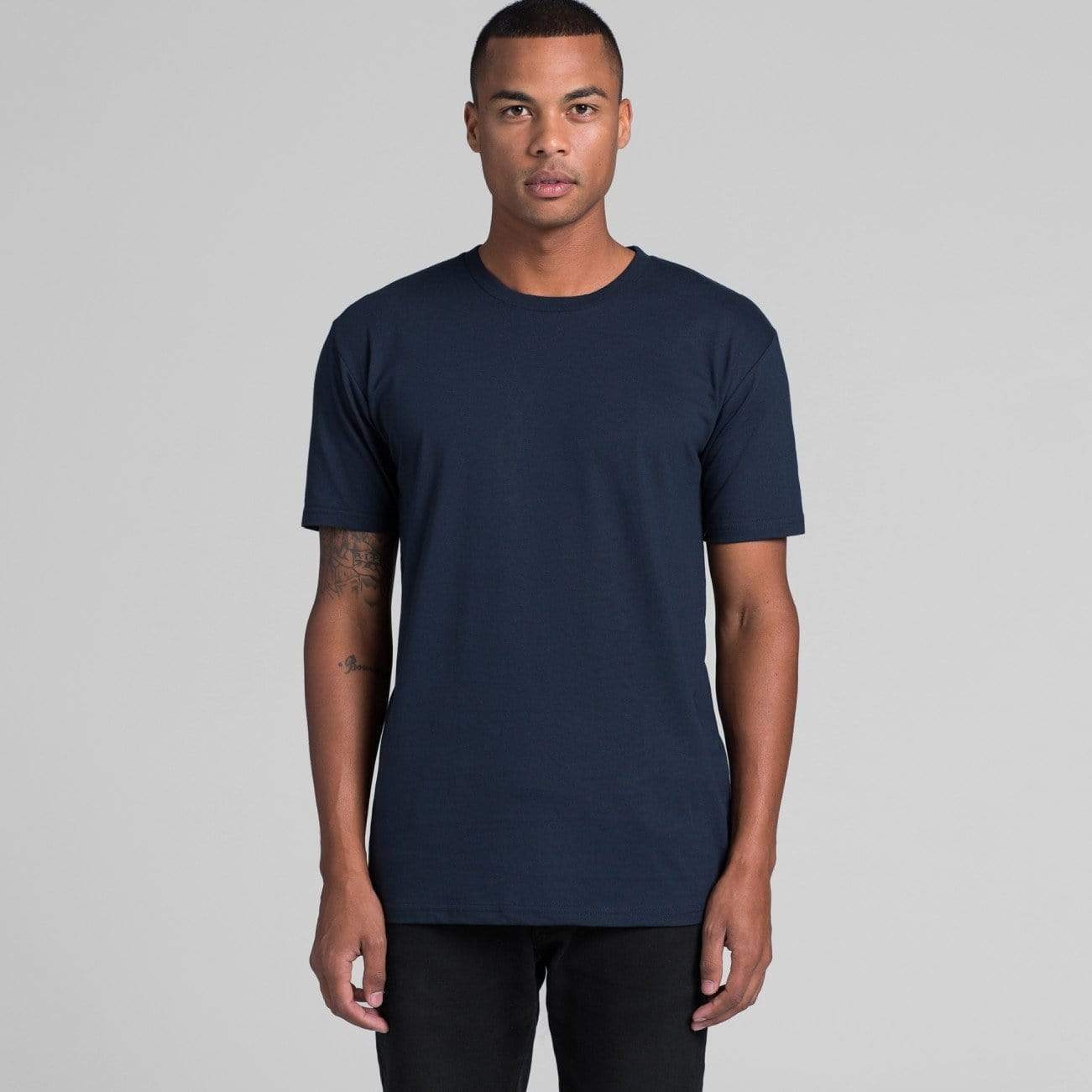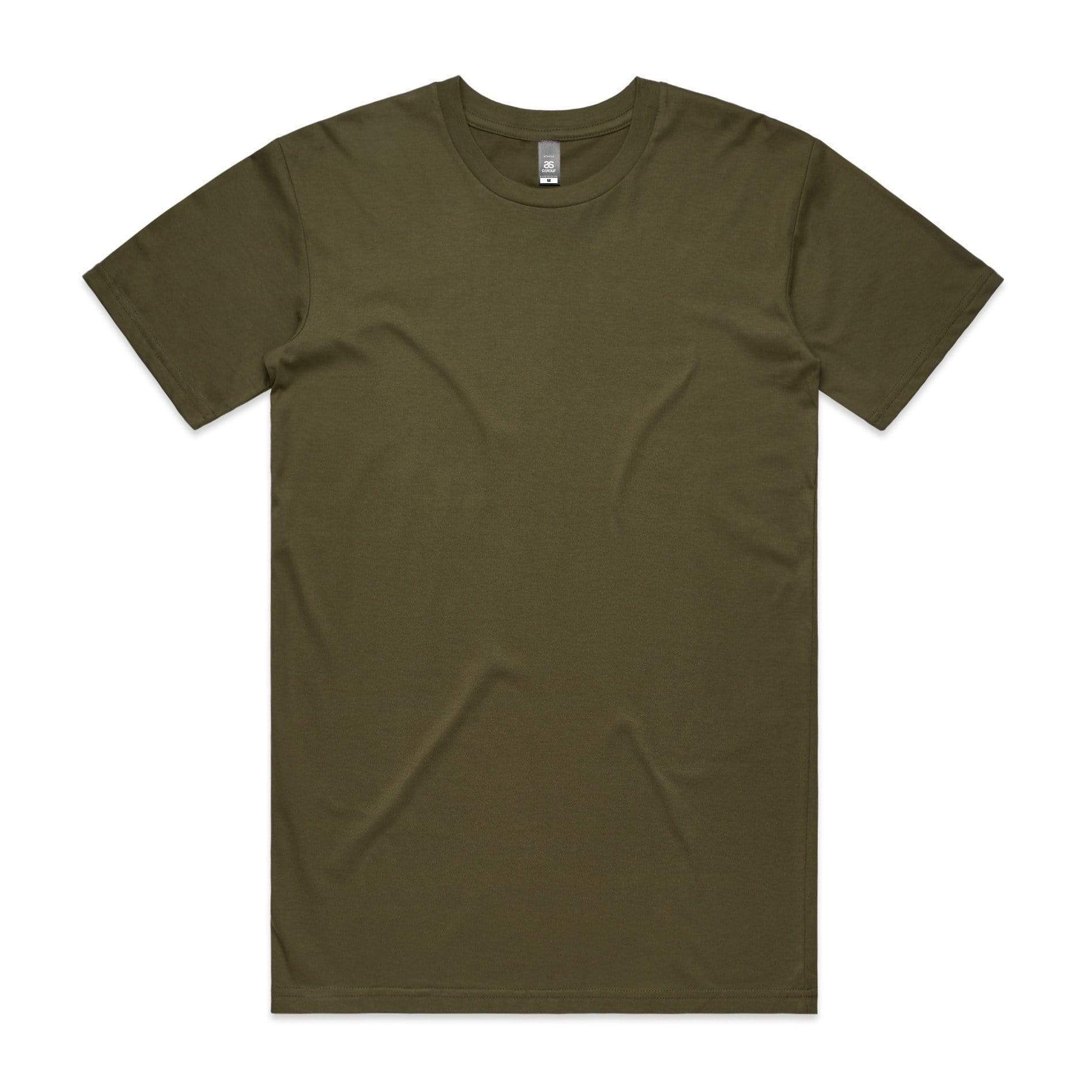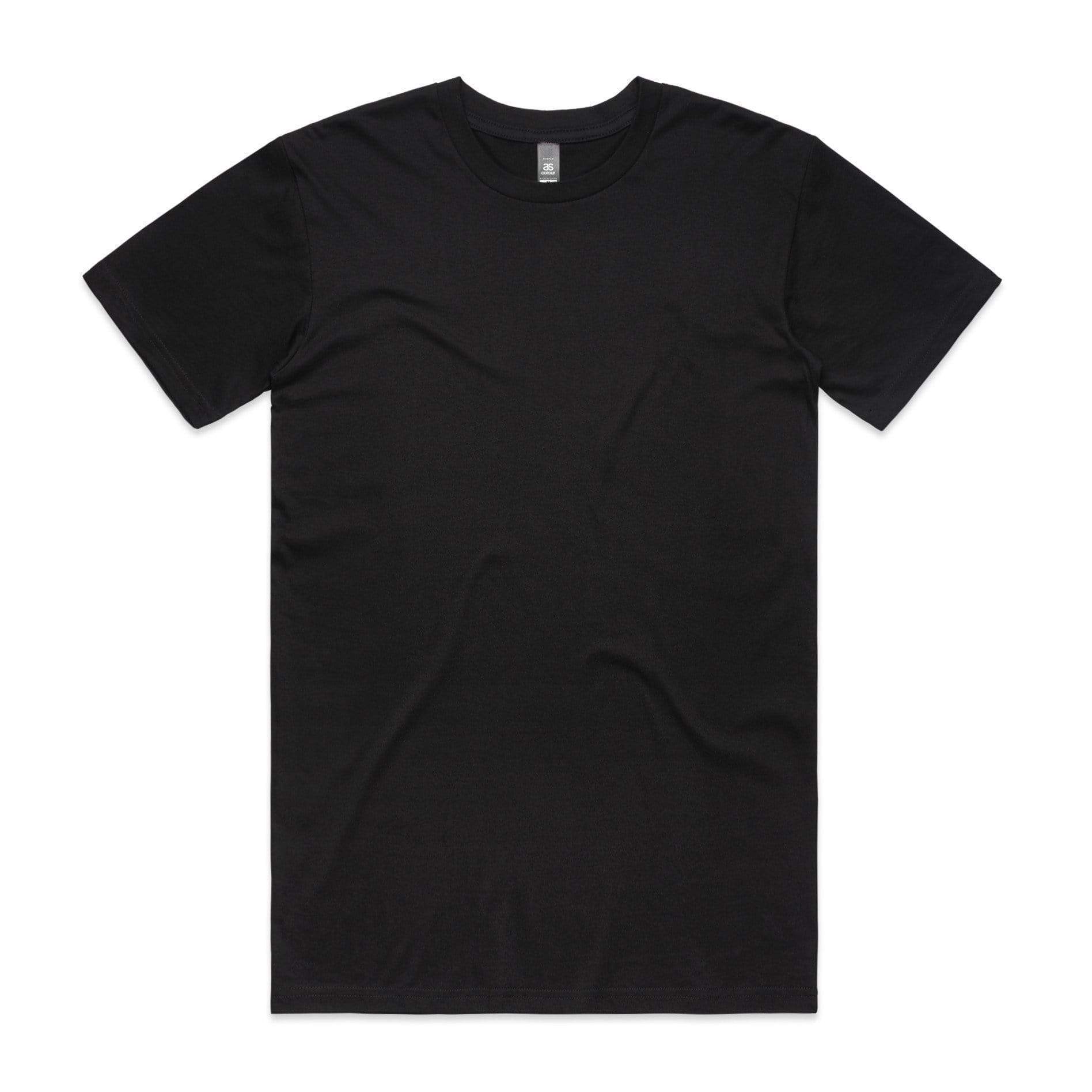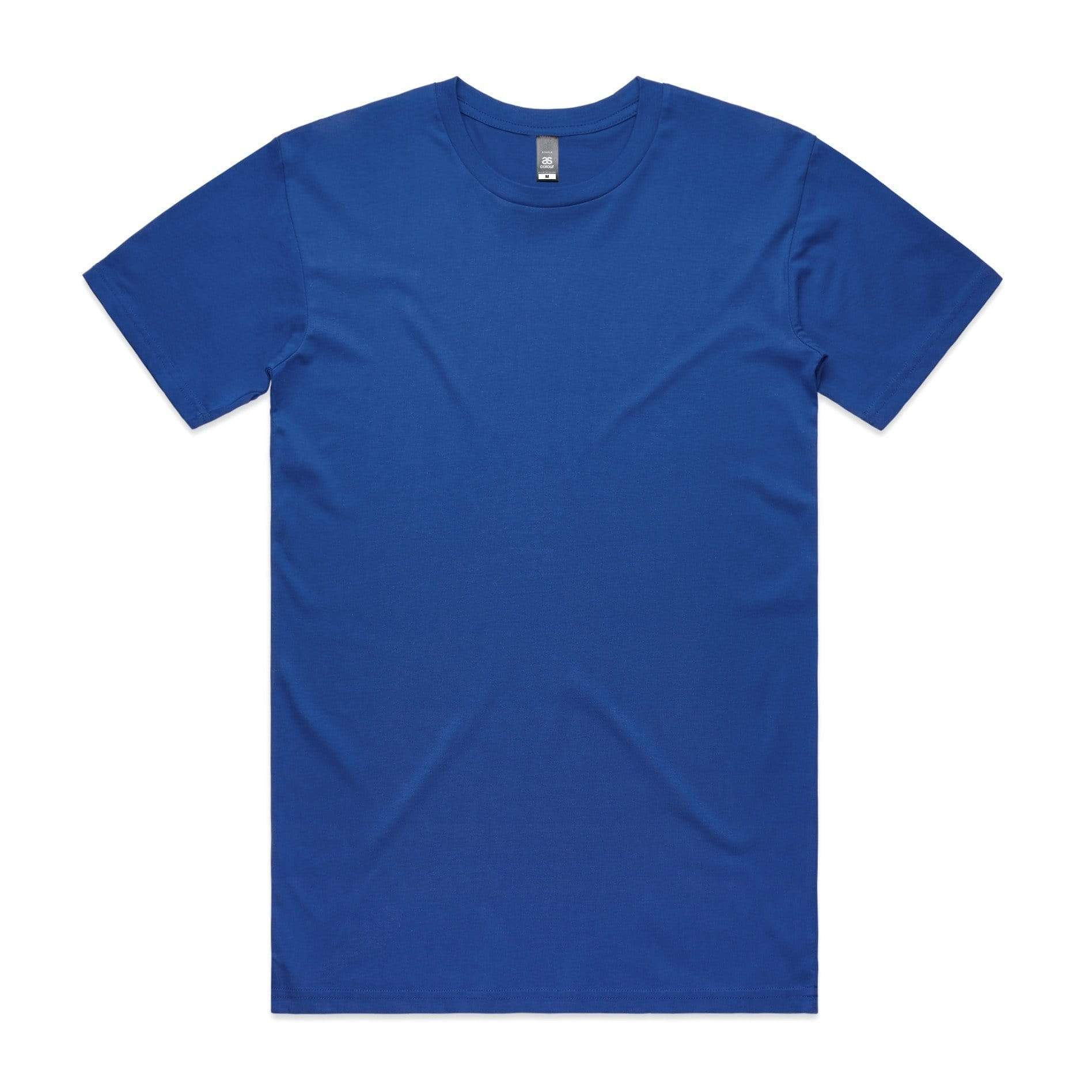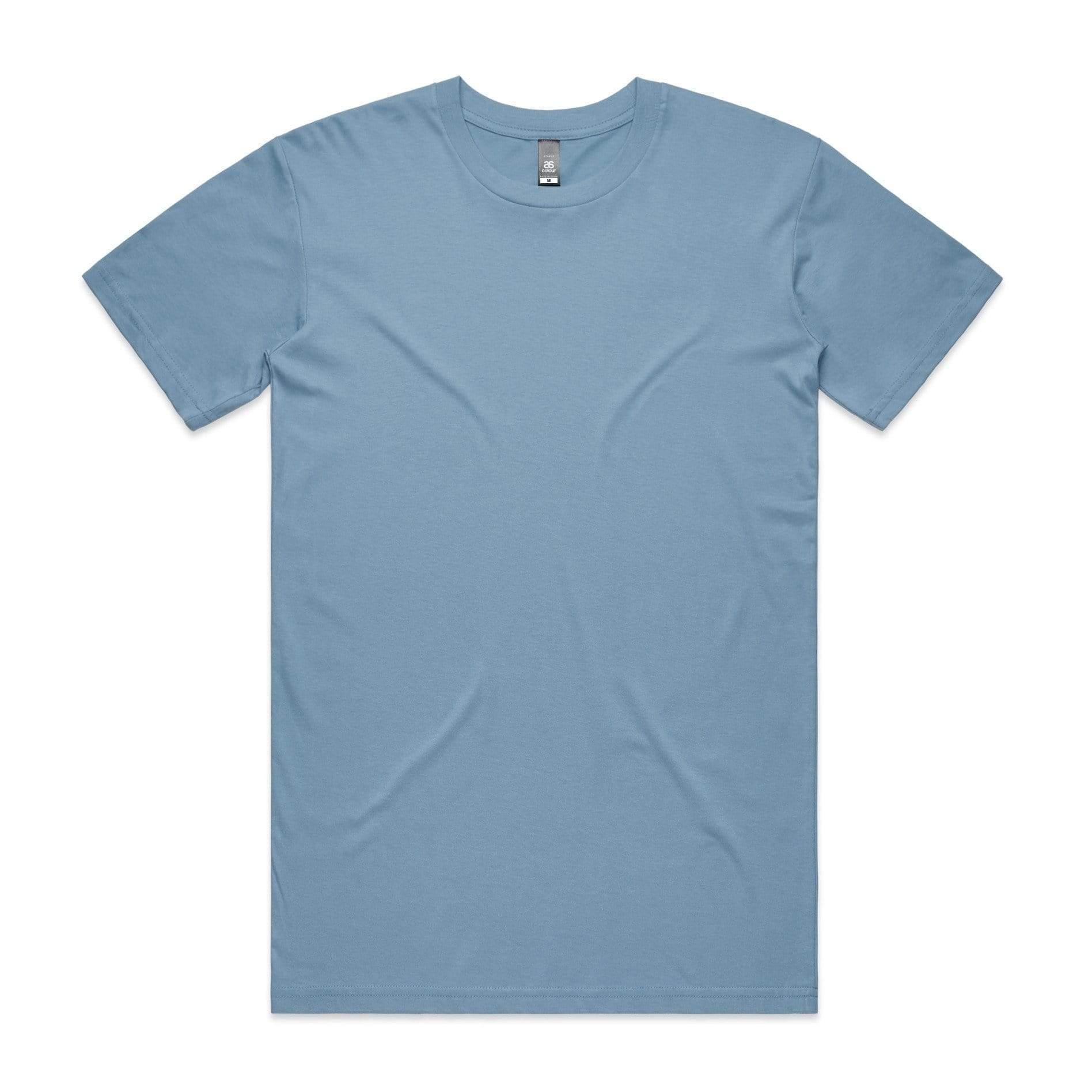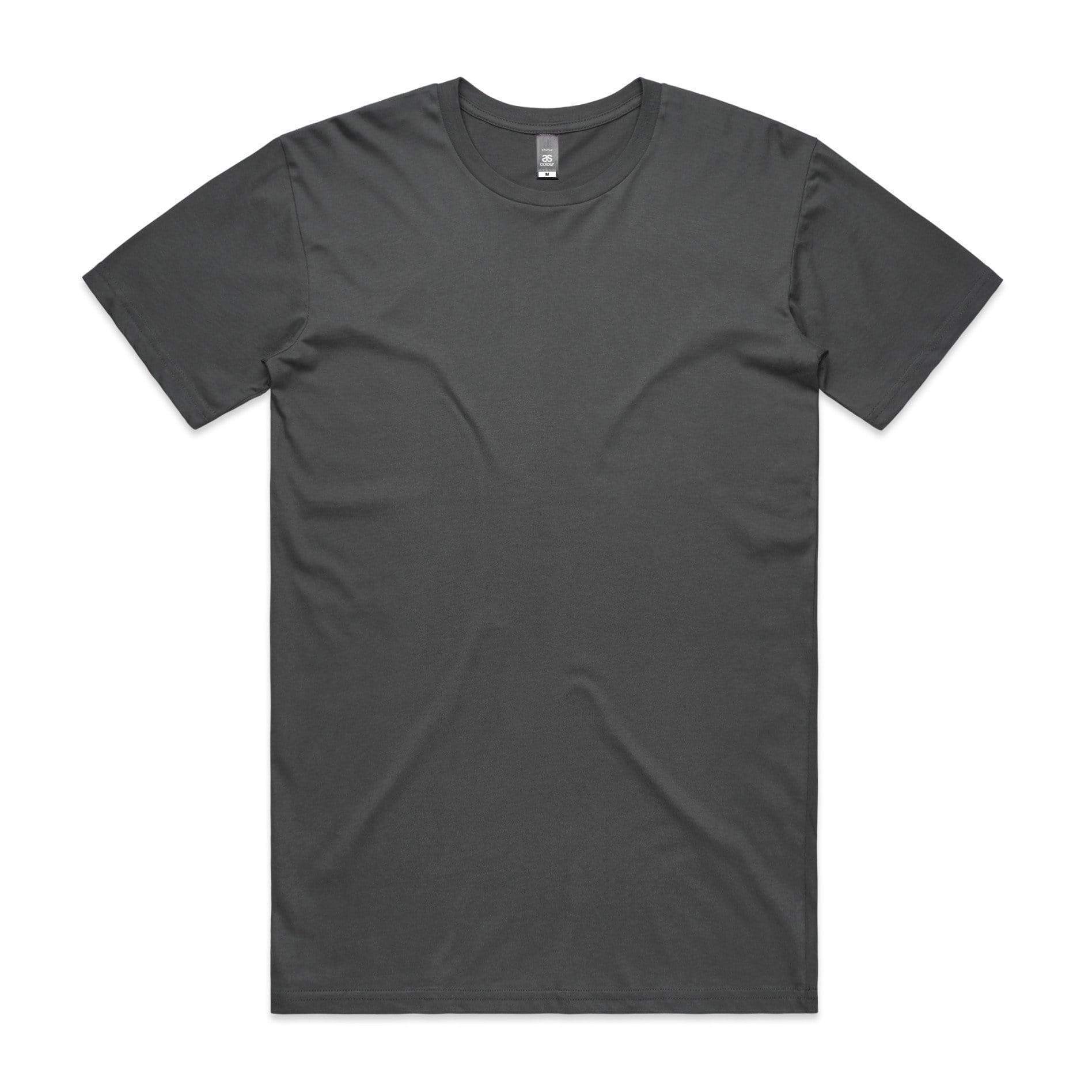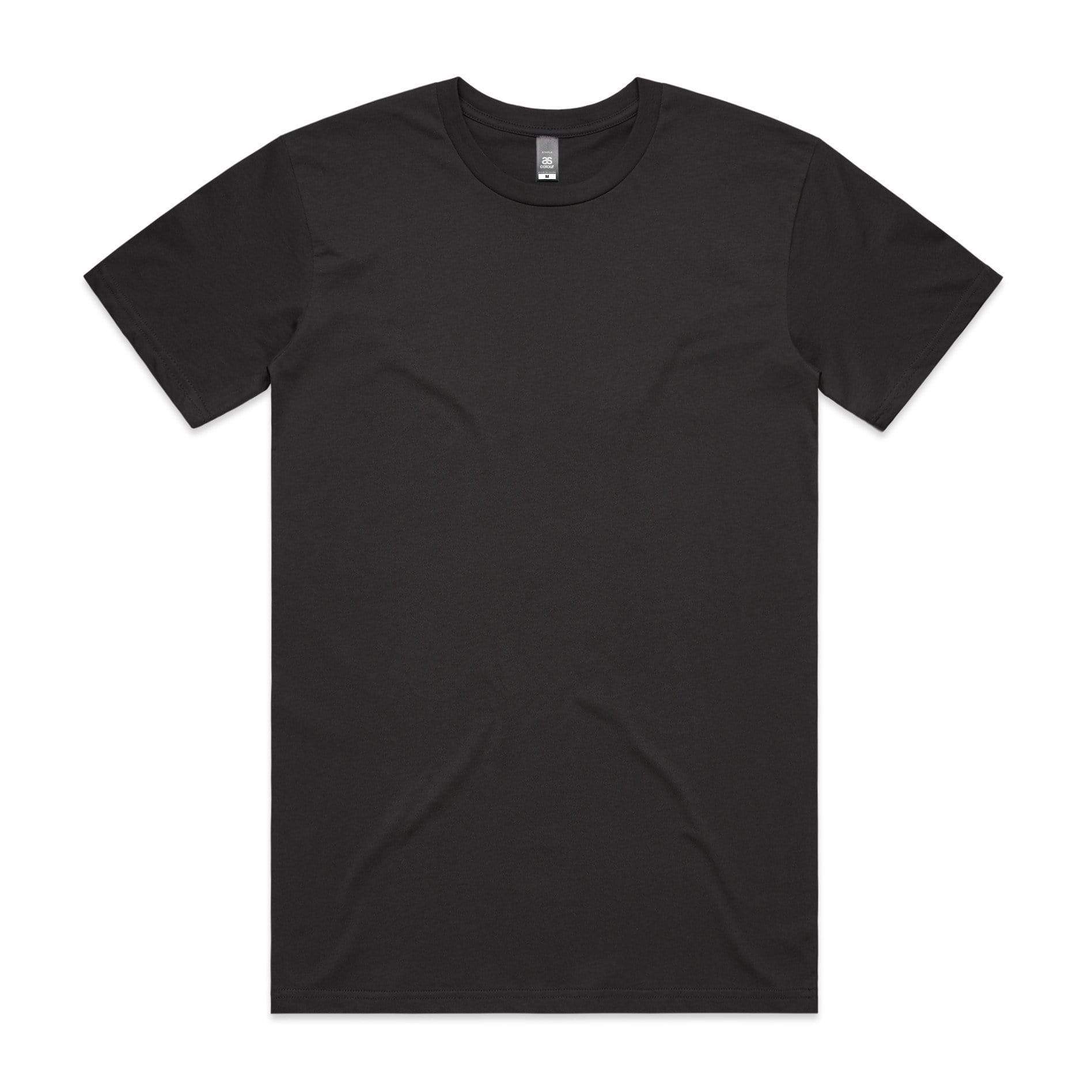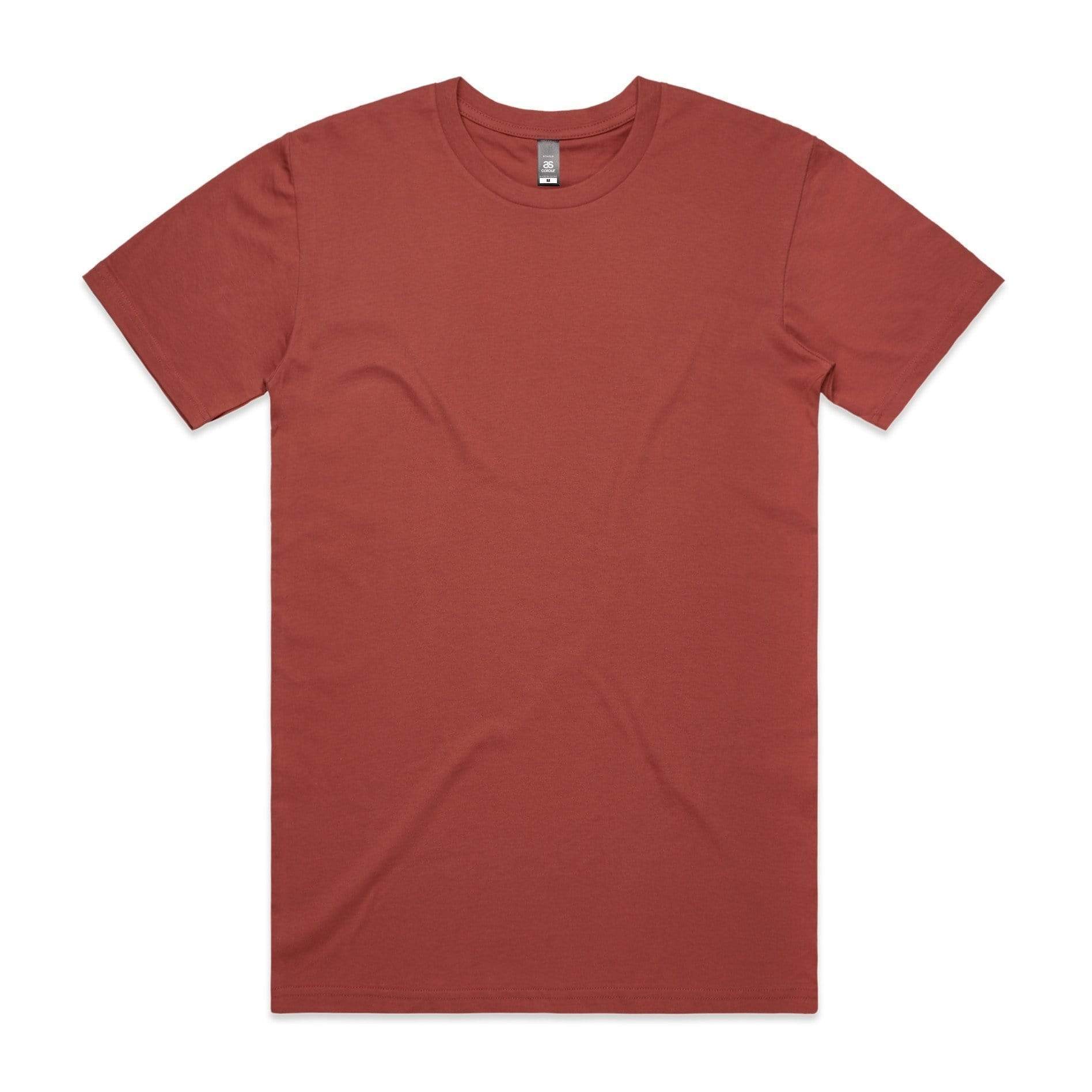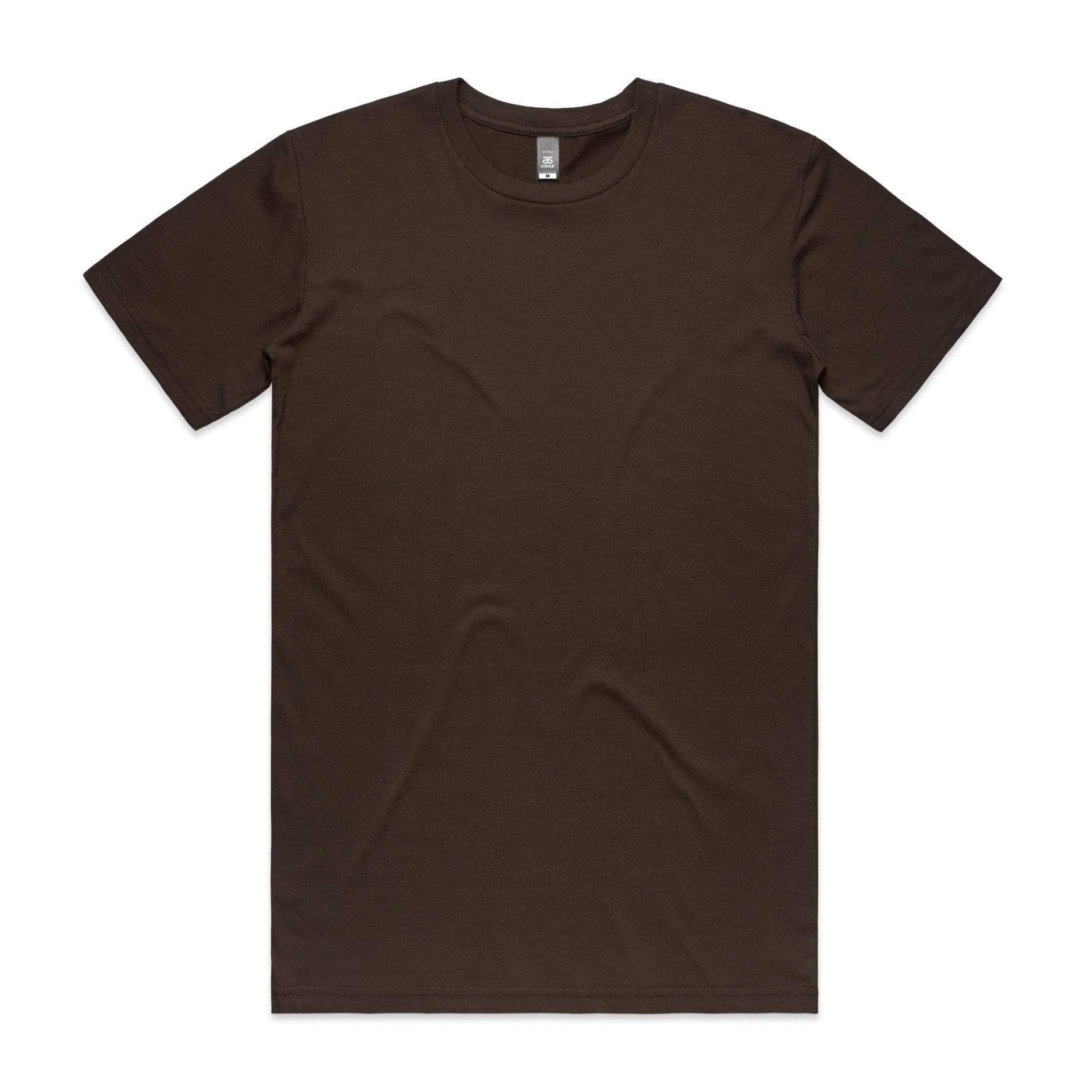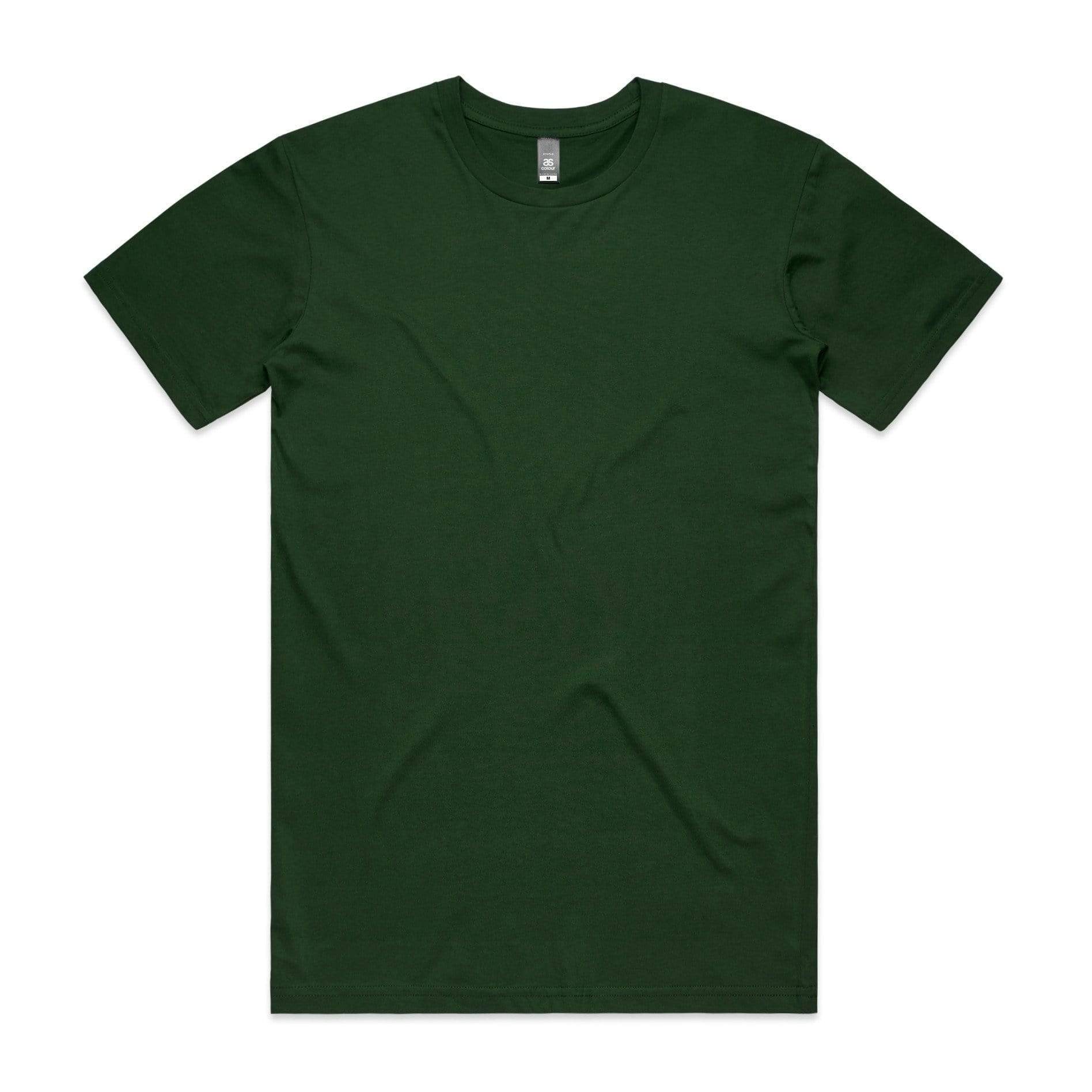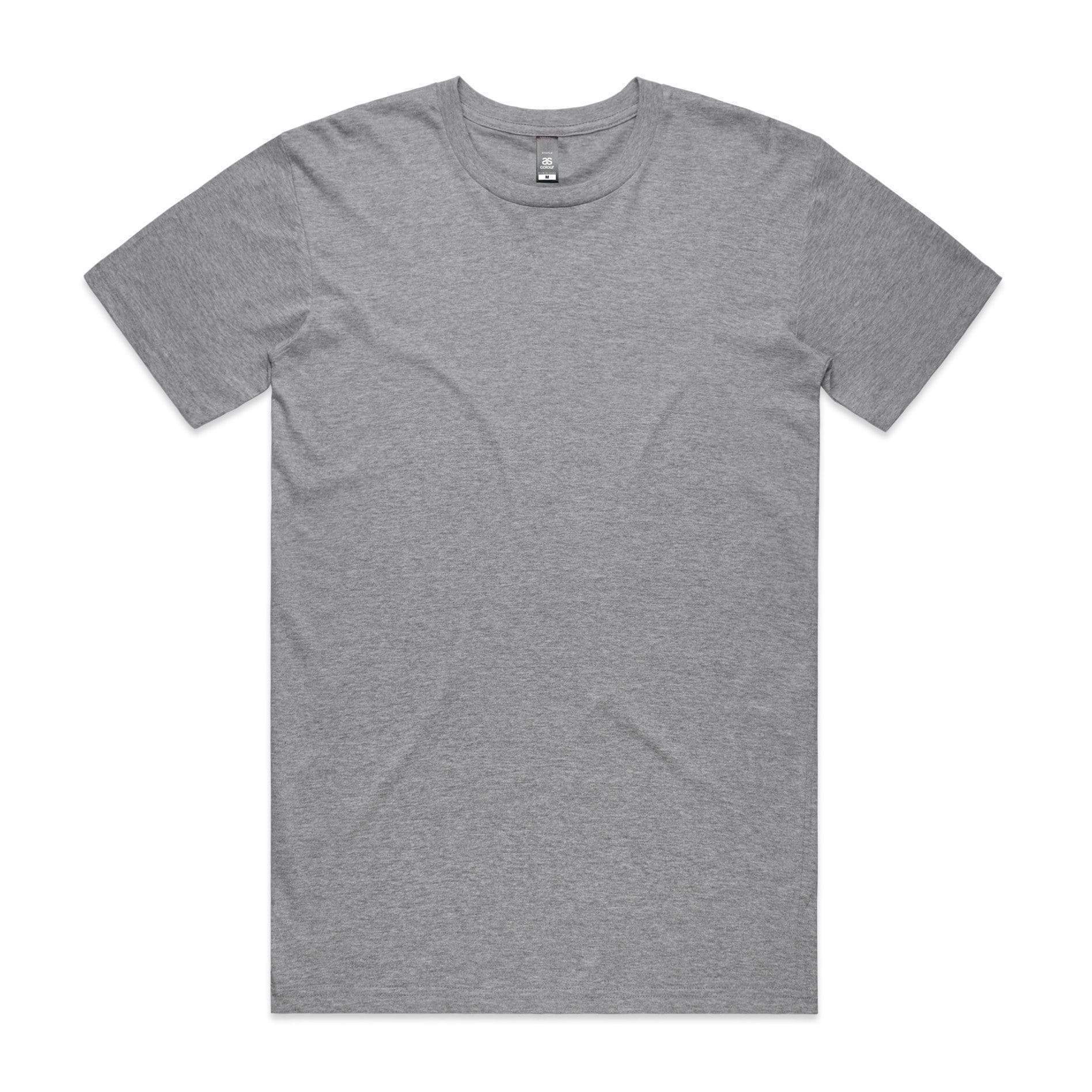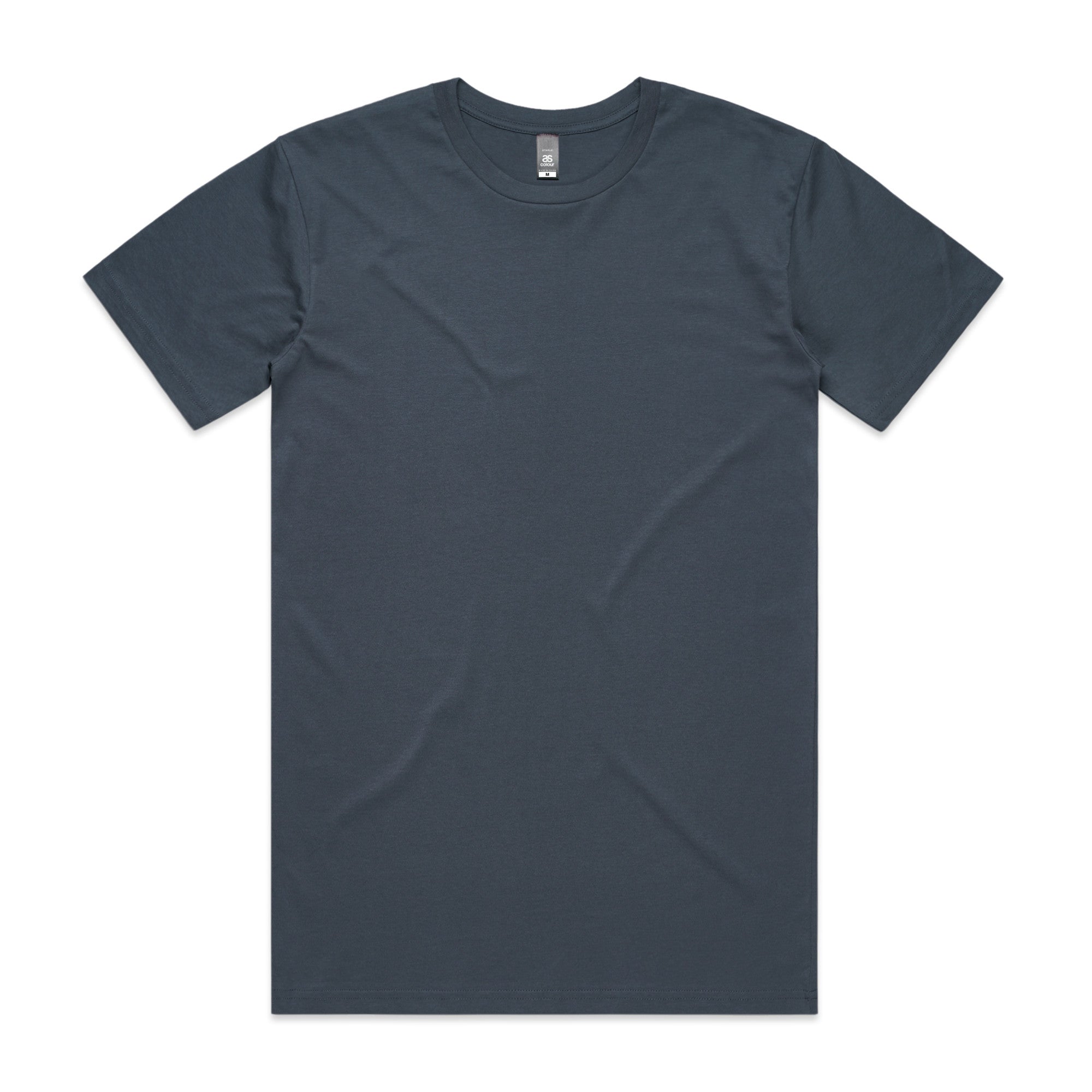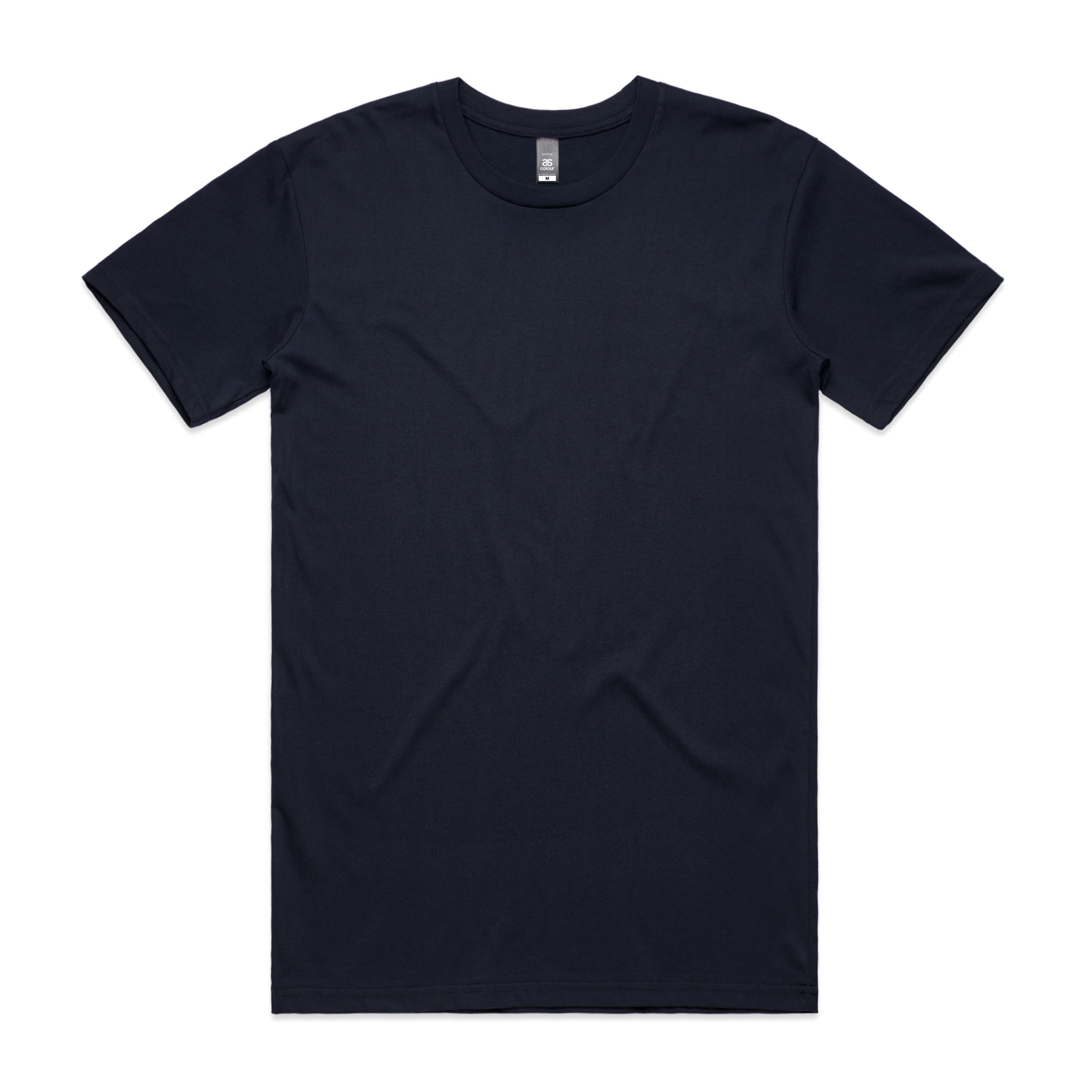Direct-to-film printing (DTF Printing) is a technique used for printing images on T-shirts. It is a type of screen printing that does not require a traditional screen. This Printing method can be used for small orders or large production runs. The quality of the final product is excellent, and there are many different print options available. Direct-to-film printing is a great way to create personalized T-shirts for any occasion. DTF printing is perfect for polyester, cotton, silk, and synthetic fabrics like rayon or terry cot.
If you are in the market for custom-printed t-shirts, you may be wondering if direct-to-film printing is the best option. In this guide, we will discuss what direct-to-film printing is and its procedure of printing. We will also provide tips on how to choose the right t-shirt printer for your needs. So, whether you are running a successful business or an individual looking for custom apparel, read this blog post carefully.
Uses
- T-shirts are one of the common items produced by DTF printing. Widely sought after, they have a broad assortment of purposes, from school sports to philanthropic purposes to other organizations.
- Because of DTF printing, achieving a stylish picture on a pocket of a shirt or the front pocket of a sweatshirt is possible.
- DTF printing makes it possible to apply logos or images to hats that have challenging shapes.
- Some renowned fashion brands are choosing to print tags inside their apparel products, and DTF printing is one way to accomplish this.
- DTF printing isn't confined to wearable fabrics; it can also be used for printing outdoor flags, banners, and tablecloths.
Equipment Required For DTF Printing
Direct-to-film printing is a process where a photograph or image is transferred onto a shirt using a special printer. The equipment required for this process includes
Printer
Printers that employ a film are known as direct-to-film printers or DTF Modified Printers. A direct-to-film printer allows you to render an image on a film and transfer it directly to a particular surface, such as fabric. Modified DTF-printers usually contain ink tanks composed of several different colors. These tanks prevent the printing press from requiring any customization. The DTF ink is specially designed to work with these printers. The DTF process removed the rollers that previously caused your layers to slide on the page. This helps ensure any linings on your white layer prints are consistent.
Printing Software For DTF
As part of the printing process, the software is crucial for loading the design and color profile onto the transfer cloth. A large part of the software's effect is on how well the colors print. When printing DTF, you'll want to use an image-processing application that is capable of both CMYK and white colors. All of the important elements that contribute to a good print output are controlled software.
The hot melt binder in the DTF-based ink powder is white and acts as a binder later. There is a range of micron sizes. Based on production requirements, a color is subsequently picked.
Custom DTF Printing Australia
DTF Printers have five color options: Cyan, Magenta, Yellow, Black, and White. White Ink is a special component that creates a white foundation on the film before the colorful pattern is printed.
Method
- Fill the printer trays with your desired film. Once you've got the film in, press the Print button and let the inkjet printer do its thing.
- The machine will print "direct to film," which means the image will be transferred onto your DTF film. You need to be much more careful when removing the print from the tray afterward - if you're not careful, you might smudge it
- A hot-melt DTF powder is applied to a printed image that forms part of a film.
- After you've completed your printing, the "dry" ingredients must be added to the "wet" print.
- Spread the powder evenly.
- Ordinarily, there would be a tray next to the printer, place Ink on the web print, and proceed to move once more, just barely touching the wet Ink, until the whole web page is filled with Ink. After that, you have to soak up the surplus just enough. Another way to prevent smudging is by shaking off the excess Ink very carefully.
- After the powder is heated in place, the powder is melted to a place. Direct-to-film DTF transfers are usually baked for about 2 minutes in a normal oven.
- If you're just starting out with t-shirt printing, you might scorch the transfers if you're not careful. For example, if you're in the custom t-shirt business, you might hover the heat press over the transfer area without applying any pressure. In other words, it's possible that the top of the press doesn't actually touch the transfer.
- When transferring DTF ingredients, checking the manufacturer's instructions is essential. To protect yourself, always follow manufacturer instructions.
- You don't need a T-shirt to use the DTF transfer, of course. You will need to have any issues with your DTF transfer fixed before printing. The cover print can be visible if there are any crinkles!
- Furthermore, the material will be thoroughly dried throughout the process. In the presence of humid air, a fabric can absorb a surprising amount of moisture, thus affecting the print quality.
- Short-term storage is a feature of these transfers, making them well-suited for short-term use. That is the reason why many small-scale firms focus on selling their direct-to-film conversions!
- Heated PET film is applied to pre-pressed shirts that contain an image. You will then follow the manufacturer's directions and heat press the transfer onto the shirt.
- A screen-printed garment is dried differently than other garments. This important process should take less than 30 minutes.
- DTF employs a cold press to complete its process of peeling garment-transfer fabrics. Once the fabric and transfer have been cooled, you must carefully lay them over the shirt and place an iron on top. Use a cold iron to avoid burning the fabric.
- Begin by pressing all the shirts. Once they're cool, you can begin peeling them. The hot glue cools and hardens, serving as a binder for the colored pigments in Ink to the cloth. Once it's cooled, you can peel it off.
- Due to this paper printer, toner transfers, like white toner, require the last press to help maintain the printer's durability. Depending on your printer's conditions, this step may take as little as 10 to 15 seconds or as long as several minutes.
- It is very important to DTF printing as opposed to the other options just for from nearby photos. It is also an exceptional solution for downloading photographs straight to the item. Any type of cloth can be rendered within it.
Final Thought
There are many different printing methods that can be used to create a t-shirt. Direct film printing is one option that offers high-quality prints with minimal waste. T-shirt printing offers a variety of designs and colors that can be customized to fit any individual's style. Whether you're also searching for a unique gift for a friend or want to create a unique piece of your own clothing, their DTF printing methods are available to choose from.
